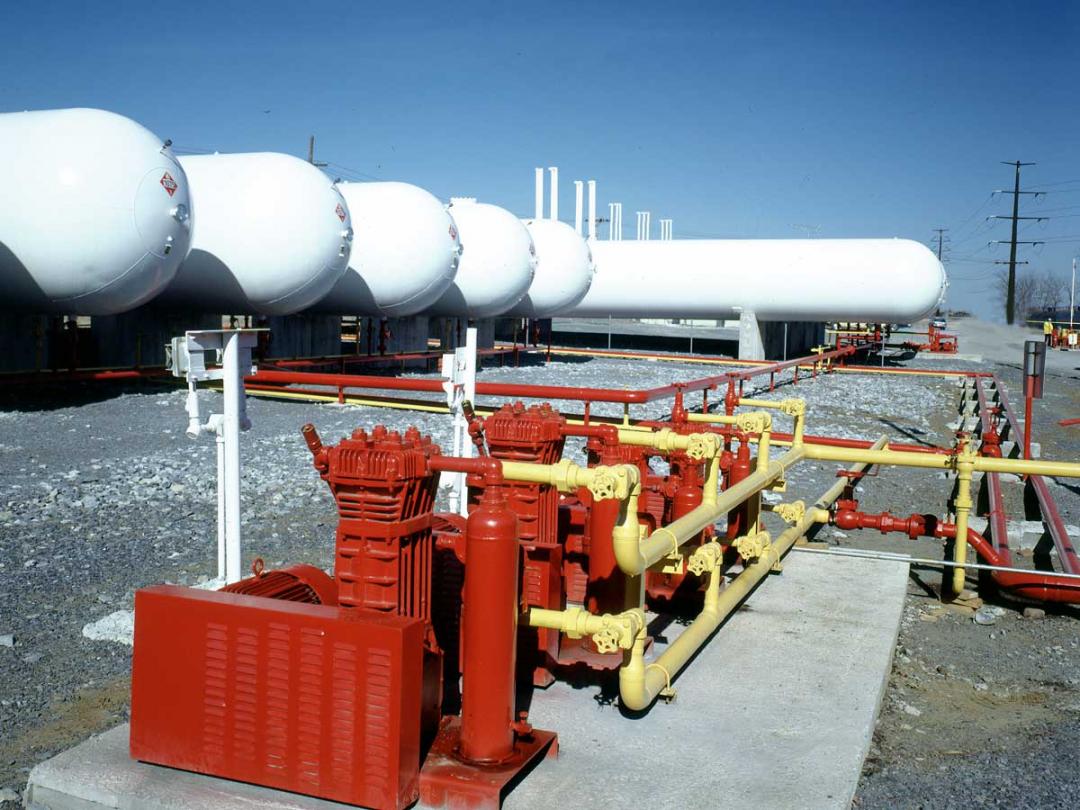The National Iranian Oil Company (NIOC) revoked a deal with Russian firm NPO Geliymash Joint Stock Company to establish a helium production plant, Tasnim news agency reported.
NIOC signed a deal with Geliymash five years ago, based on which, the Russian firm was to explore the possibility of building a helium production plant in the South Pars field in the Persian Gulf. Operations were to commence December 2009 at a cost of $190 million.
Russia is one of the few countries that possess the technology for the production of helium, and yet, the board of directors of the NIOC demanded Geliymash to halt its operations.
Managing director of the NIOC Roknoddin Javadi underlined a lack of financial resources, expensive equipment and "opposition to Russia's participation in the project" as reasons behind dropping Geliymash.
Javadi had iterated that Iran "has no plans" to extract helium from the South Pars field.
Geliymash is one of the long-standing Russian enterprises that design and manufacture equipment for different industries such as defense, agriculture and medicine.
As the world's largest gas field in the world, South Pars is shared between Iran and Qatar, covering an area of 3,700 square kilometers of Iran's territorial waters in the Persian Gulf, adjoining Qatar’s North Field, which measures 6,000 square kilometers. Qatar has been producing helium in South Pars for years and aims to increase production from 25 million cubic meters to 58 million in the near future.
Unlike other industrial gases, helium cannot be harvested from atmospheric air. Helium is predominantly extracted during natural gas processing. In 2012, former oil minister Rostam Ghasemi underlined the production of helium as a top priority and elected Pars Oil and Gas Company (POGC), a subsidiary of the NIOC, to advance the project.
World's helium reserves are estimated at more than 40 billion cubic meters, with more than one-fourth (28 percent) of that being in the South Pars field. Russia and the US are also estimated to have 27 and 26 percent of helium reserves in the world respectively.
In 2013, the US led the helium market in terms of production, followed by Qatar, Algeria, Russia, Poland and Australia.
Helium is a non-renewable resource and the second most abundant element in the universe. Helium has a host of applications; it serves as a coolant in magnetic resonance imaging (MRI) machines in hospitals and nuclear reactors, although its best-known commercial use is in balloons.


